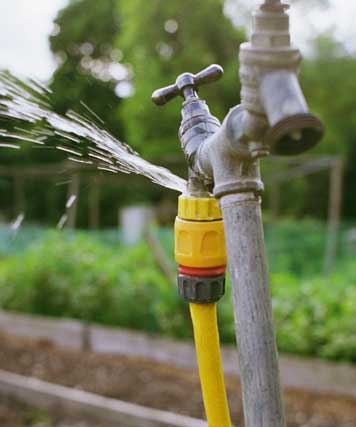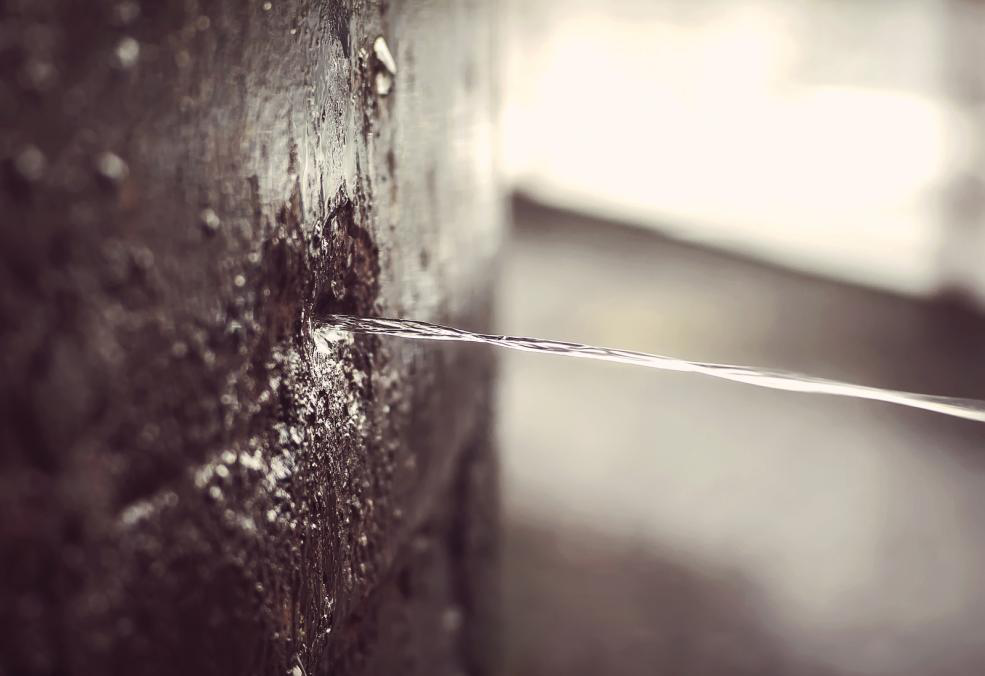Discover Groundbreaking Techniques to Spot Hidden Water Pipe Leakages
Discover Groundbreaking Techniques to Spot Hidden Water Pipe Leakages
Blog Article
Just about everyone may have their own unique perception on the subject of Finding hidden leaks.

Early detection of dripping water lines can mitigate a potential calamity. Besides conserving you cash, it will reduce the stress and irritation. The minute you find a leak, calling your plumber for repair services is the best remedy. Nonetheless, some tiny water leakages might not be visible. Here are some hacks that help if you can not spot it with your naked eyes.
1. Examine the Water Meter
Every home has a water meter. Inspecting it is a surefire way that helps you find leaks. For beginners, turn off all the water sources. Make sure no person will certainly flush, utilize the tap, shower, run the cleaning equipment or dishwasher. From there, most likely to the meter and watch if it will alter. Since no one is utilizing it, there need to be no motions. That shows a fast-moving leak if it moves. If you identify no changes, wait an hour or two and also examine back once more. This means you may have a slow-moving leakage that could even be below ground.
2. Check Water Consumption
Examine your water bills as well as track your water usage. As the one paying it, you must observe if there are any type of disparities. If you identify sudden changes, in spite of your usage being the same, it means that you have leakages in your plumbing system. Bear in mind, your water expense should fall under the very same variety every month. An abrupt spike in your costs suggests a fast-moving leak.
A consistent increase every month, also with the exact same habits, reveals you have a sluggish leakage that's additionally gradually intensifying. Call a plumber to thoroughly inspect your residential or commercial property, particularly if you feel a cozy area on your floor with piping beneath.
3. Do a Food Coloring Examination
When it involves water consumption, 30% originates from toilets. Examination to see if they are running appropriately. Drop specks of food shade in the storage tank and also wait 10 minutes. There's a leakage between the tank and bowl if the shade somehow infiltrates your dish throughout that time without flushing.
4. Asses Outside Lines
Don't fail to remember to examine your outdoor water lines as well. Examination faucets by attaching a yard tube. Should water seep out of the connection, you have a loosened rubber gasket. Change this and also guarantee all links are tight. If you have actually obtained a lawn sprinkler, it will certainly help get it professionally took a look at as well as kept annually. One tiny leak can throw away tons of water as well as surge your water expense.
5. Examine the situation and inspect
House owners should make it a habit to examine under the sink counters and also also inside cabinets for any type of bad odor or mold growth. These 2 red flags indicate a leakage so punctual interest is required. Doing routine assessments, even bi-annually, can save you from a significant issue.
Check for discolorations as well as compromising as most pipelines and also appliances have a life span. If you presume leaking water lines in your plumbing system, don't wait for it to escalate.
Early discovery of dripping water lines can mitigate a prospective disaster. Some little water leakages might not be noticeable. Examining it is a surefire way that helps you find leakages. One tiny leak can waste heaps of water and increase your water costs.
If you believe leaking water lines in your plumbing system, do not wait for it to intensify.
WARNING SIGNS OF WATER LEAKAGE BEHIND THE WALL
PERSISTENT MUSTY ODORS
As water slowly drips from a leaky pipe inside the wall, flooring and sheetrock stay damp and develop an odor similar to wet cardboard. It generates a musty smell that can help you find hidden leaks.
MOLD IN UNUSUAL AREAS
Mold usually grows in wet areas like kitchens, baths and laundry rooms. If you spot the stuff on walls or baseboards in other rooms of the house, it’s a good indicator of undetected water leaks.
STAINS THAT GROW
When mold thrives around a leaky pipe, it sometimes takes hold on the inside surface of the affected wall. A growing stain on otherwise clean sheetrock is often your sign of a hidden plumbing problem.
PEELING OR BUBBLING WALLPAPER / PAINT
This clue is easy to miss in rooms that don’t get much use. When you see wallpaper separating along seams or paint bubbling or flaking off the wall, blame sheetrock that stays wet because of an undetected leak.
BUCKLED CEILINGS AND STAINED FLOORS
If ceilings or floors in bathrooms, kitchens or laundry areas develop structural problems, don’t rule out constant damp inside the walls. Wet sheetrock can affect adjacent framing, flooring and ceilings.
https://www.servicemasterbyzaba.com/blog/how-to-detect-water-leakage-in-walls/

I am very intrigued by Hacks to detect leaks and I'm hoping you liked the page. Sharing is good. Helping people is fun. Thank you for your time. Visit again soon.
Request immediate service. Report this page